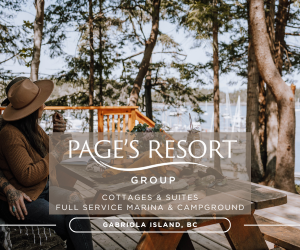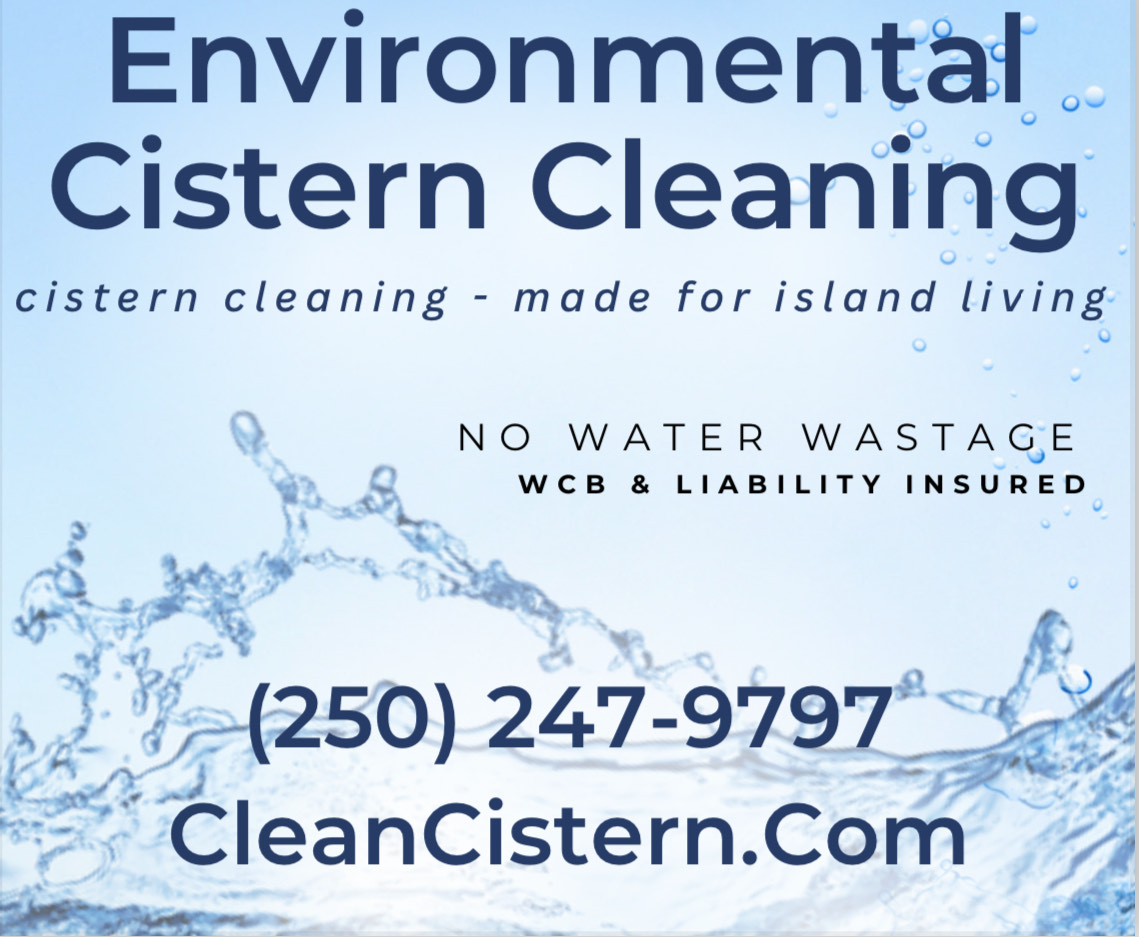Rachelle Stein-Wotten
Local Journalism Initiative Reporter, Gabriola Sounder
A new report on health needs on Gabriola Island confirms access to primary care, affordable housing and mental health and addictions services are top priorities for many Gabriolans.
The Gabriola Health Matters report, out Oct. 15, was written by Steven Earle, Katharine Patterson and Dyan Dunsmoor-Farley of Gabriola Talks, which has run similar models of engagement on issues including housing and climate change. The report comes out of a survey on health needs conducted in 2022 as well as workshops in 2022 and 2023. It also incorporates 2021 Census and Community Health Service Area (CHSA) data.
As the world slowly emerged from the COVID-19 pandemic, “we were hearing a lot of anxiety about the availability of services,” Dunsmoor-Farley said of the impetus for the research.
In addition to questions about priority health needs and access to services – respondents were particularly concerned about access to child and youth mental heath services, end-of-life care and primary care – the survey also asked people to contemplate confidence in the community’s ability to address systemic issues such as Truth and Reconciliation, the climate crisis, pandemic recovery and emergency preparedness. Few respondents indicated a high level of confidence to tackle those issues.
Questions related to community resilience, which the Gabriola Talks team defined using health services researcher Dr. Jude Kornelsen’s definition, “the capacity to bounce back from adversity,” included whether respondents felt they had a voice in important community issues and having an ability to influence change (49 per cent and 61 per cent strongly agreed or agreed, respectively). Sixty-six per cent of respondents were optimistic about the community’s ability to work together.
The survey, which was advertised in print and online and distributed by those in the 52-member Gabriola Health and Wellbeing Collaborative as well as made available at key locations including the library and People for a Healthy Community, collected 436 responses representing approximately 1 response for every 10 islanders. That represents a “very robust return,” Dunsmoor-Farley said. “We were coming out of COVID and into a climate crisis. I just think people were very anxious to have their voices heard and to be able to say what was worrying them about the health of our community and the health of individuals in our community.”
While demographics of survey respondents mostly aligned with the most recent Census data, there were some inconsistencies including more females than males responding as well as those with higher education and couples without children. Through feedback received at engagement sessions the team “picked up on how important it is to pay attention to young families in our community who are often underserved, [and] the importance of being able to identify and respond to the needs of people who don’t always participate in things like surveys and workshops so we could make sure their needs were represented as well,” Dunsmoor-Farley noted, including those with lived experience. CHSA data shows Gabriolans experience high rates of depression, mood disorders and anxiety. “Those kinds of disease can often come up in people who are financially stressed and have substandard housing or have some other health conditions that are affecting their mental health.”
Gabriola Health and Wellness Collaborative members are already working on responding to the information included in the report, Dunsmoor-Farley said.
“I think we have a good canvassing of the issues, the question is how do we tackle those issues. We know what we’re doing around primary health care access – we have strategies, we have all kinds of energies going into that, but I’m not as confident that we’ve been able to marshal resources for supporting people living with addiction, or mental health services, particularly post-COVID.
“We have a big piece of work to do to make sure that the voices of people who are living wth these issues are front and centre at the table,” Dunsmoor-Farley said. “We need to create a space that’s safe and welcoming … where we listen and they get to tell us what we need to learn about this so we can decide how we are going to design responses that are going to work.”
While the provincial government has a significant role to play in providing health services, Dunsmoor-Farley said that small communities like Gabriola have to be the ones to define what they need.
“We have to craft solutions that work in a small, rural island community because those folks in those big cities, they don’t have the knowledge that we have of what’s needed, nor can they provide us with the strategy,” Dunsmoor-Farley said. “Our job is to figure out what the problem is, figure out what things could work, hold the government to account when appropriate for providing us with the resources or support, and then taking all of that together, implementing a response … that’s tailored for a small rural community.”
Those with questions are asked to email healthwellbeingcollaborative@gmail.com




Recent Comments